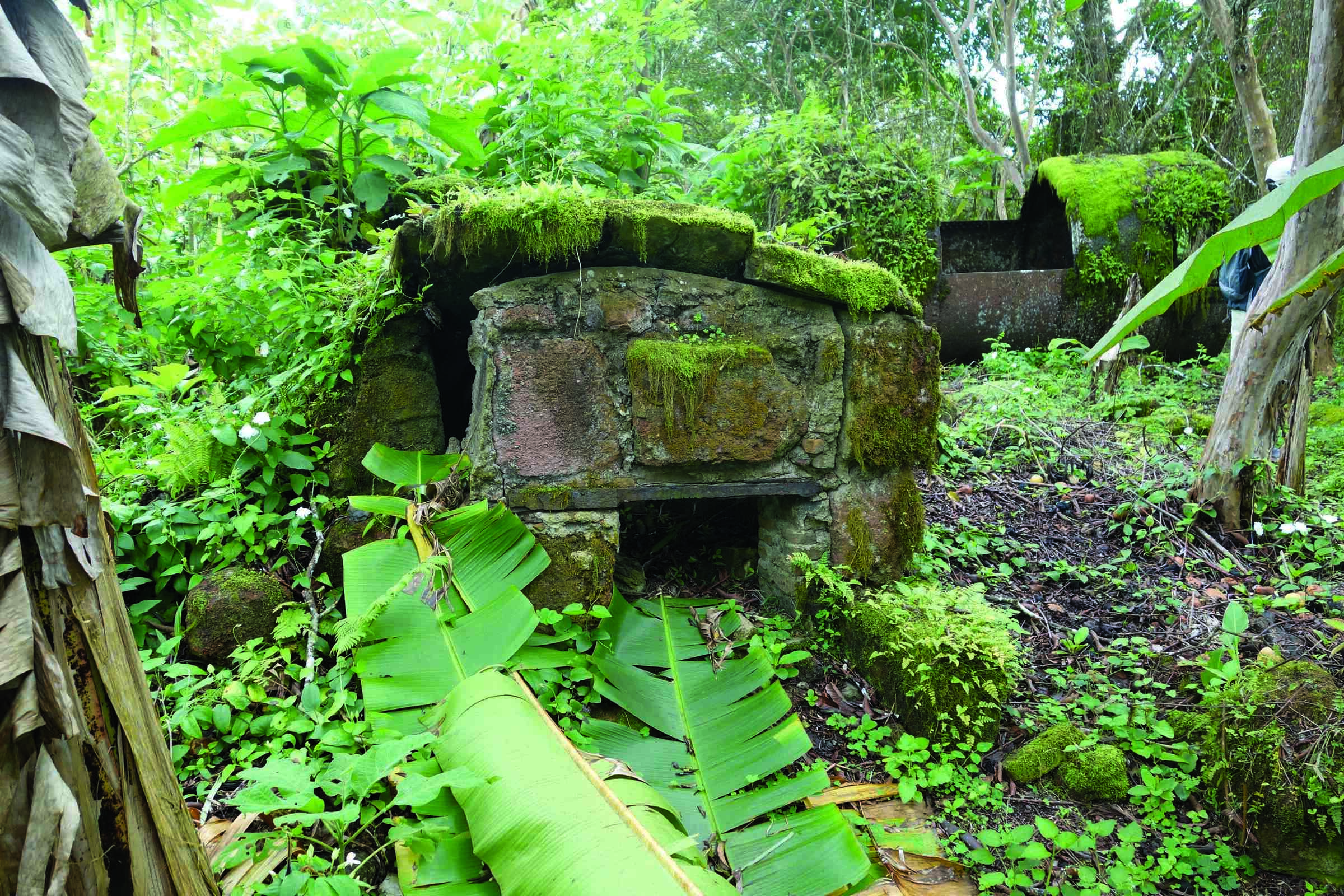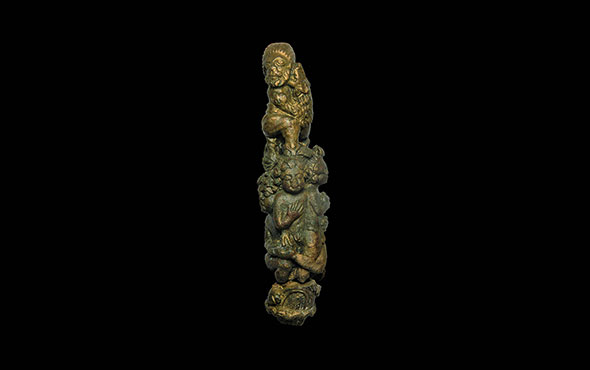
A Maya ceremonial pyramid and courtyard complex at Tikal, in present-day Guatemala, was hidden by jungle until its recent discovery during a lidar survey. Researchers believe the complex may once have been a hub for connections between Tikal and the massive metropolis of Teotihuacan, more than 600 miles away, near Mexico City. Upon examining the lidar scans of the Tikal complex, archaeologists noticed that it closely resembles the structure known as la Ciudadela, or the Citadel, at Teotihuacan. Archaeologist Edwin Román Ramírez of the Foundation for Maya Cultural and Natural Heritage says that the complex at Tikal is even oriented similarly to the one at Teotihuacan.
The Maya renovated the Tikal complex’s structures periodically starting around A.D. 250, possibly as its relationship with Teotihuacan changed. Textual and iconographic sources suggest that in the year A.D. 378 Tikal was conquered by an outside ruler, likely from Teotihuacan, named Sihyaj K’ahk’, or Born from Fire. Román Ramírez has found evidence from earlier stages of the complex suggesting that people living there even before that conquest may have been from Teotihuacan, or were at least familiar with Teotihuacan culture. This includes central Mexican–style building techniques, green obsidian spearpoints associated with Teotihuacan warriors, and Teotihuacan-style incense burners. “This was a long-term relationship,” says Román Ramírez. “It may have started out as commercial or mutually beneficial and later became one of conquest.”











